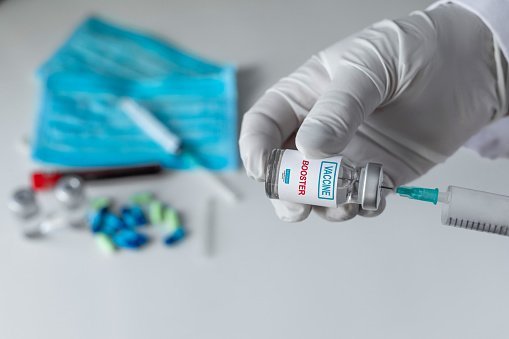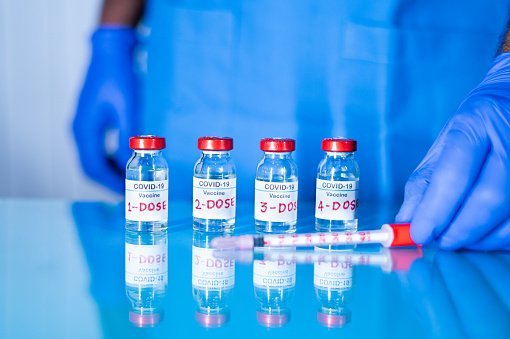A base is a chemical that releases hydroxide (OH-) ions, receives protons, or donates electrons in an aqueous solution. Bases have a few distinguishing characteristics that can be used to recognize them. Bases are compounds that are slippery to the touch in aqueous solutions, have an unpleasant taste, alter the color of indicators (e.g., turn red litmus paper blue), react with acids to create salts, and encourage specific chemical reactions (base catalysis).
1. Soap manufacture
sodium hydroxide is the most common base utilized in producing soap as a compound. Fats and oils are combined with sodium hydroxide base to form soap. Ammonia is also common in the soap and detergents industry as the basic compound in many cleansers. Drain cleaner contains sodium hydroxide as well as strong bleachers and laundering agents. In industrial production and household use, soap bases like sodium hydroxide and dilute ammonia are used.

2. Use as laxatives to reduce acidity.
Magnesium hydroxide, sometimes known as milk of magnesia, is a widely used laxative. It reduces excess acidity in the human stomach and is used as an antacid to neutralize acidity in water sources and dressing acid burns. To neutralize excess acidity in soils, slaked lime can be utilized.
3. creates dry mixtures for painting and decorating
Calcium hydroxide is very strong and absorbs moisture to dissolve, thus making it useful in manufacturing paint. The base used in paint creates binding characteristics that lessen shrinkage fractures in the film upon drying and makes the paint film opaque. Calcium hydroxide is a base used in the building and construction industry to manufacture cement.
4. Making bleaching products
Calcium hydroxide is used to produce bleaching goods and home cleaning chemicals. Ammonium hydroxide removes ink from clothing and grease from glass panes. Bases are also valuable for the cosmetic industry, manufacturing skin-lightening products, creams, and bleachers.

5. Making batteries
The electrolyte of nickel-cadmium, nickel-hydrogen, and manganese dioxide-zinc alkaline batteries is aqueous potassium hydroxide. Potassium hydroxide is favored over sodium hydroxide because its solutions are more conductive. Electrolytes in batteries are conductors of salt, base, or acid dissolved to form a conductor.
6. Manufacture of toothpaste
Magnesium hydroxide and calcium carbonate are insoluble bases used in toothpaste manufacturing. Since the bacteria in our mouth produce acids from their activity on the remaining food in our mouth, toothpaste needs to be basic to neutralize the acids. Furthermore, our teeth are calcium-based, and acidic toothpaste would cause tooth decay. These bases are also used in the manufacture of mouthwash.
7. Manufacture of stomach disorder medicine
Aluminum oxide base is essential in the manufacture of antacids. Laxatives and antacids like milk of magnesia frequently include magnesium hydroxide. By neutralizing stomach acids, antacids relieve stomach aches. Sodium bicarbonate, also used as baking soda, is a base used as an antacid.




